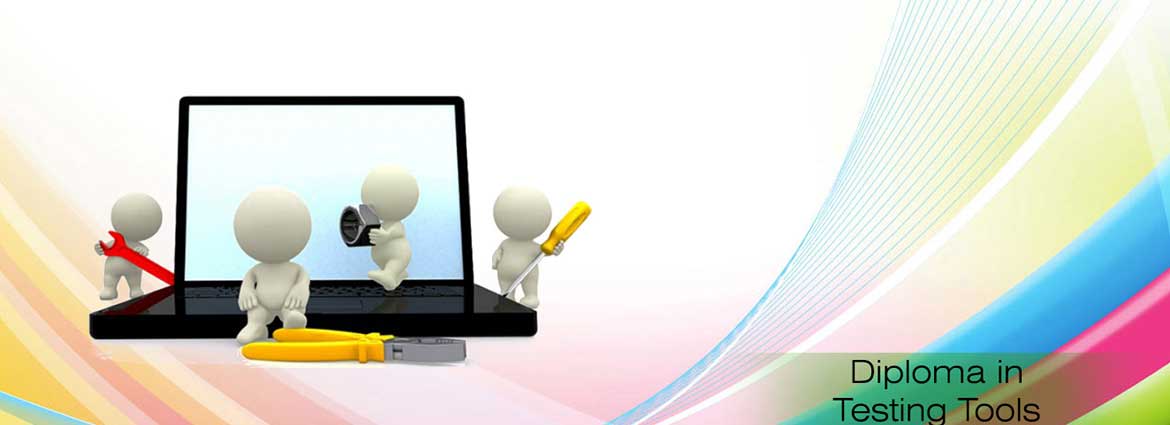
About Diploma in Software Tools Testing
Testing is a critical phase of Software Development Life Cycle. Manual testing is the process in which the defects are identified, isolated, subjected for justification and ensure that the product is defect-free, in-order to produce quality product. However it requires the necessary knowledge such as about different types of manual testing, software development life cycle. In this course you will learn everything that is required from a good manual tester.
The course starts with an overview of the concepts of software testing. Then, you will learn that time testing should begin in the life cycle of software development to save resources. After that, you will learn about the difference between testing and validation. The strengths, weaknesses and defects of a V model and fault model program will be also known to you.
A student will learn the various functional test types such as unit, integration, blackbox, blank box, system and regression. The techniques of blackbox test design are also discussed in detail, such as the special value assessments, combination testing, decision-table testing, pairs or all-pairs testing methods. In addition, you will learn the various techniques of whitebox testing, including modified condition and coverage (MC / DC) testing and path testing.
This course helps you to master the various techniques and tools used in software testing. You learn to determine which test case is best used and when to use this during the life-cycle of software development. This saves you time, effort, money and other resources while ensuring the quality of testing software products. Register now and proceed to become a test software expert.
Diploma in Software Tools Testing Highlights
Course Duration
6 Months
(4 Months course and 2 months Project)Learners
50000
Delivery Mode
Online
Apply Online
Module 01 : Basic concepts
Brief Intraduction to Software Systems and SDLC
 Basic Testing Vocabulary
Basic Testing Vocabulary Quality Assurance versus Quality Control
Quality Assurance versus Quality Control The Cost of Quality
The Cost of Quality Software Quality Factors
Software Quality Factors How Quality is Defined
How Quality is Defined Why Do We Test Software?
Why Do We Test Software? What is a Defect?
What is a Defect? The Multiple Roles of the Software Tester(People Relationships)
The Multiple Roles of the Software Tester(People Relationships)
 Scope of Testing
Scope of Testing
 When Should Testing Occur?
When Should Testing Occur?
 Testing Constraints
Testing Constraints
 Life Cycle Testing
Life Cycle Testing
 Independent Testing
Independent Testing
 What is a QA Process?
What is a QA Process?
 Levels of Testing
Levels of Testing
 The “V” Concept of Testing
The “V” Concept of Testing
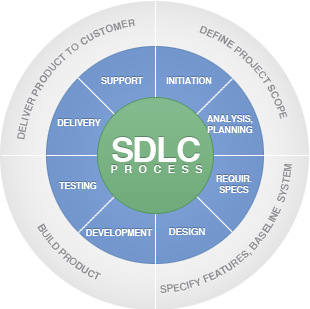
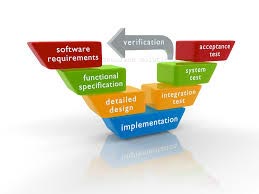
Module 02
- a. Testing Techniques
 Structural versus Functional Technique Categories
Structural versus Functional Technique Categories Verification versus Validation
Verification versus Validation Static versus Dynamic Testing
Static versus Dynamic Testing Examples of Specific Testing Techniques
Examples of Specific Testing Techniques
- b. Test Administration
 Test Planning
Test Planning  Customization of the Test Process
Customization of the Test Process  Budgeting
Budgeting  Scheduling
Scheduling
- c. Create the Test Plan
 Prerequisites to test planning
Prerequisites to test planning Understand the Characteristics of the Software Being Developed
Understand the Characteristics of the Software Being Developed Build the Test Plan
Build the Test Plan Write the Test Plan
Write the Test Plan
 Test Cases:
Test Cases:
 Test case Design
Test case Design
 Building test cases
Building test cases
 Test data mining
Test data mining
 Test execution
Test execution
 Test Reporting
Test Reporting
 Defect Management
Defect Management
 Test Coverage – Traceability matrix
Test Coverage – Traceability matrix
- Test Metrics – Guidelines and usage
- Test reporting
 Guidelines for writing test reports
Guidelines for writing test reports
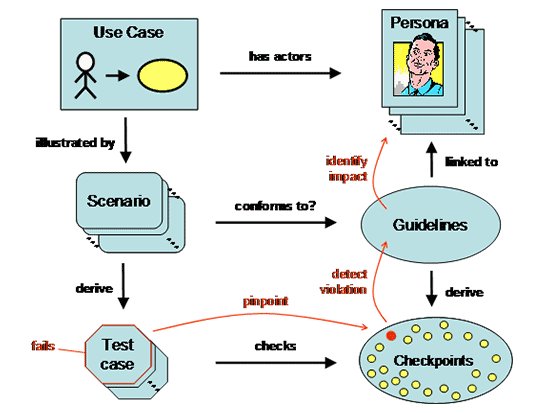
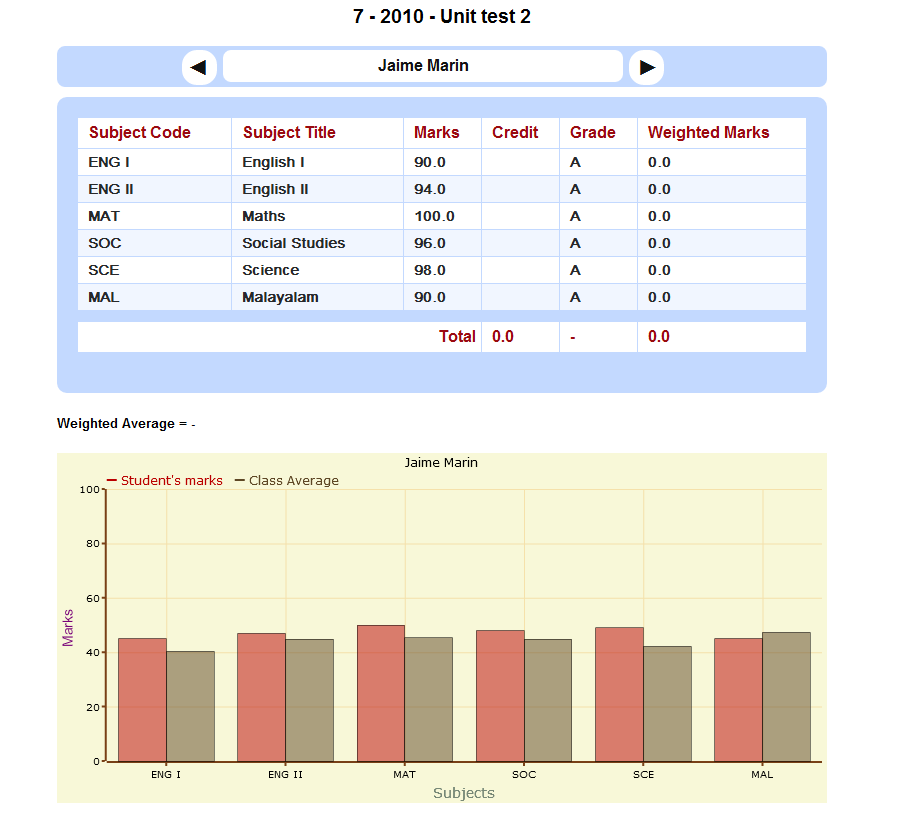
- a. Managing Change
 Software Configuration Management
Software Configuration Management Change Management
Change Management- b. Risks
 Risk Analysis and Management with examples
Risk Analysis and Management with examples
- c. User Acceptance testing
 in detail explanation with details
in detail explanation with details- d. Case Study
 How to test web, stand alone and database applications – with examples
How to test web, stand alone and database applications – with examples- e. Help with resume and testing interview skills
- f. Automation Testing Basics
 Basics of automation testing – why, when and how to perform automation testing
Basics of automation testing – why, when and how to perform automation testing Factors for choosing a particular tool
Factors for choosing a particular tool An overview for the major functional testing tools
An overview for the major functional testing tools Overview of Test management and bug tracking tools
Overview of Test management and bug tracking tools

